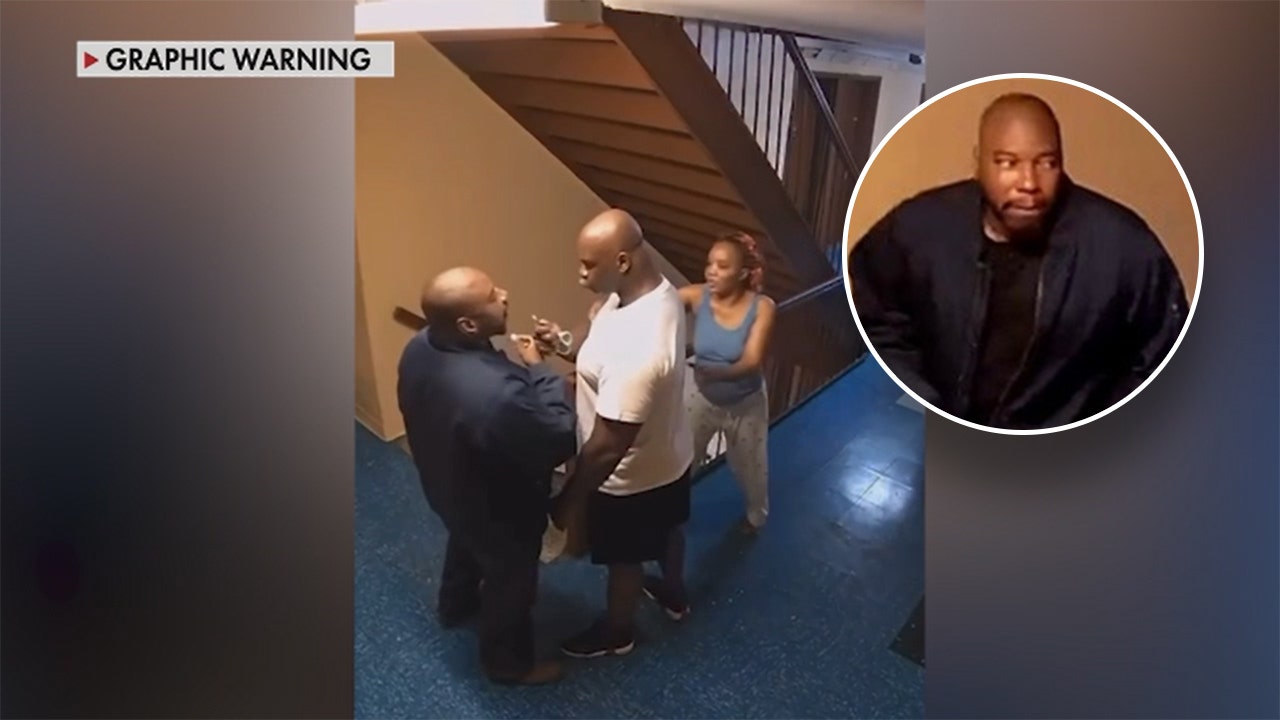On a quiet day in Kingman, Arizona, an incident unfolded that would shake the community to its core. The Kingman shooting wasn’t just another crime—it was a wake-up call for all of us about gun violence, mental health, and community safety. From the moment the news broke, people were left asking questions: Who was involved? Why did it happen? And most importantly, how can we prevent something like this from happening again?
When you dive into the details of the Kingman shooting, it’s more than just numbers or headlines. It’s a story that affects real people—families, friends, and neighbors. Understanding what happened and why is crucial if we want to make a difference in our communities. This isn’t just about one event; it’s about learning from the past so we can build a safer future.
This article will take you through everything you need to know about the Kingman shooting—from the background leading up to the incident, the individuals involved, and the broader implications for society. We’ll also explore solutions and steps we can take moving forward. So grab a coffee, sit back, and let’s unpack this together.
Read also:Camila Araujo Erome Rising Star In The Digital Realm
Table of Contents
- Background of the Kingman Shooting
- Key Players Involved
- Timeline of Events
- Mental Health in the Spotlight
- The Role of Gun Laws
- Impact on the Community
- Preventive Measures for Future Incidents
- Legal Ramifications
- Media Coverage and Public Perception
- Moving Forward: Lessons Learned
Background of the Kingman Shooting
The Kingman shooting occurred on February 18, 2023, in Kingman, Arizona, a city known for its small-town charm and tight-knit community. But that day, everything changed. The incident took place at the Mohave County Courthouse, where chaos erupted as shots were fired. The shooter, identified as James Alex Fields Jr., had a history of mental health issues and had been in trouble with the law before.
Understanding the context of the shooting is essential. Kingman is a place where many residents know each other by name, making the tragedy even more devastating. What led to this moment? Was it preventable? These are the questions we’ll explore in this section.
What Happened Before the Shooting?
Fields Jr. had a documented history of instability. Reports suggest he struggled with severe depression and paranoia, which went largely untreated due to gaps in the mental health care system. His family had tried to get him help multiple times but faced numerous obstacles, including financial constraints and a lack of resources.
- Fields Jr. had previously been hospitalized for suicidal thoughts.
- He had a criminal record involving minor offenses.
- There were warning signs that authorities failed to address adequately.
Key Players Involved
Every story has characters, and the Kingman shooting is no exception. Let’s break down who the key players were and their roles in the incident.
James Alex Fields Jr.: The Shooter
James Alex Fields Jr., the shooter, was a 30-year-old man with a troubled past. Below is a brief biography:
| Name | James Alex Fields Jr. |
|---|---|
| Age | 30 |
| Occupation | Unemployed |
| Residence | Kingman, Arizona |
| Criminal History | Prior convictions for assault and vandalism |
Victims of the Shooting
Several individuals lost their lives or were injured in the attack. Among them were courthouse employees and bystanders who happened to be in the wrong place at the wrong time. Their stories remind us of the human cost of such tragedies.
Read also:Lee Mack Wife Blind Unveiling The Truth And Clearing The Air
Timeline of Events
Here’s a breakdown of what happened hour by hour:
- 10:00 AM: Fields Jr. arrives at the courthouse.
- 10:15 AM: Shots are fired inside the building.
- 10:20 AM: Law enforcement responds and secures the area.
- 10:30 AM: Casualties are reported, and the shooter is apprehended.
Each moment in this timeline highlights the urgency and chaos of the situation. It’s a stark reminder of how quickly things can spiral out of control.
Mental Health in the Spotlight
The Kingman shooting brought mental health issues to the forefront of public discourse. Experts agree that addressing mental health is critical in preventing similar incidents in the future. But what does this mean in practice?
According to a report by the National Institute of Mental Health (NIMH), approximately one in five adults in the U.S. experiences mental illness each year. Yet, only about half of those individuals receive treatment. This gap in care is alarming and contributes to situations like the Kingman shooting.
Challenges in Mental Health Care
Some of the biggest hurdles in mental health care include:
- Limited access to affordable treatment.
- Stigma surrounding mental illness.
- A shortage of trained professionals in rural areas.
The Role of Gun Laws
Guns are a contentious topic in the U.S., and the Kingman shooting reignited debates about gun control. Should there be stricter regulations on who can own firearms? And if so, what form should these regulations take?
Data from the Gun Violence Archive shows that there were over 45,000 gun-related deaths in the U.S. in 2022 alone. While some argue for tougher gun laws, others believe in enhancing background checks and improving mental health screenings.
Proposed Solutions
Here are a few ideas that have been suggested:
- Universal background checks for all firearm purchases.
- Red flag laws to allow authorities to temporarily confiscate guns from individuals deemed a risk.
- Increased funding for mental health programs.
Impact on the Community
The Kingman shooting left deep scars on the community. Residents were left reeling, trying to make sense of what had happened. For many, it was a wake-up call to come together and support one another.
Local organizations and churches organized vigils and counseling sessions to help people process their emotions. The sense of unity that emerged from the tragedy was a testament to the resilience of the community.
How You Can Help
If you want to support the Kingman community, consider:
- Donating to local charities.
- Volunteering at community events.
- Raising awareness about mental health and gun violence.
Preventive Measures for Future Incidents
Prevention is key when it comes to reducing gun violence. By taking proactive steps, we can minimize the likelihood of incidents like the Kingman shooting happening again.
Education and Awareness
Teaching people about the dangers of gun violence and the importance of mental health can go a long way. Schools, workplaces, and community centers should incorporate these topics into their programs.
Technology and Innovation
Advancements in technology, such as smart guns and improved surveillance systems, could also play a role in enhancing safety. However, these solutions must be balanced with privacy concerns.
Legal Ramifications
Fields Jr. is currently facing multiple charges, including first-degree murder and attempted murder. His trial is expected to draw national attention, as it will shed light on the legal processes surrounding such cases.
Legal experts believe that the outcome of this trial could set a precedent for future cases involving gun violence and mental health. It’s a delicate balancing act between justice and compassion.
Media Coverage and Public Perception
The media played a significant role in shaping public perception of the Kingman shooting. While some outlets provided detailed, factual reporting, others sensationalized the event, contributing to misinformation.
It’s crucial for journalists to approach sensitive topics like this with care and responsibility. The public deserves accurate, unbiased information so they can form informed opinions.
Moving Forward: Lessons Learned
The Kingman shooting was a tragedy, but it also serves as a catalyst for change. By learning from this incident, we can work towards creating safer communities for everyone.
In conclusion, here are the key takeaways:
- Mental health care needs urgent attention and investment.
- Guns laws should be reevaluated to ensure public safety.
- Communities must come together to support one another in times of crisis.
We invite you to share your thoughts and experiences in the comments below. Together, we can create a dialogue that leads to meaningful action. And don’t forget to check out our other articles on related topics—you might find something that resonates with you.


